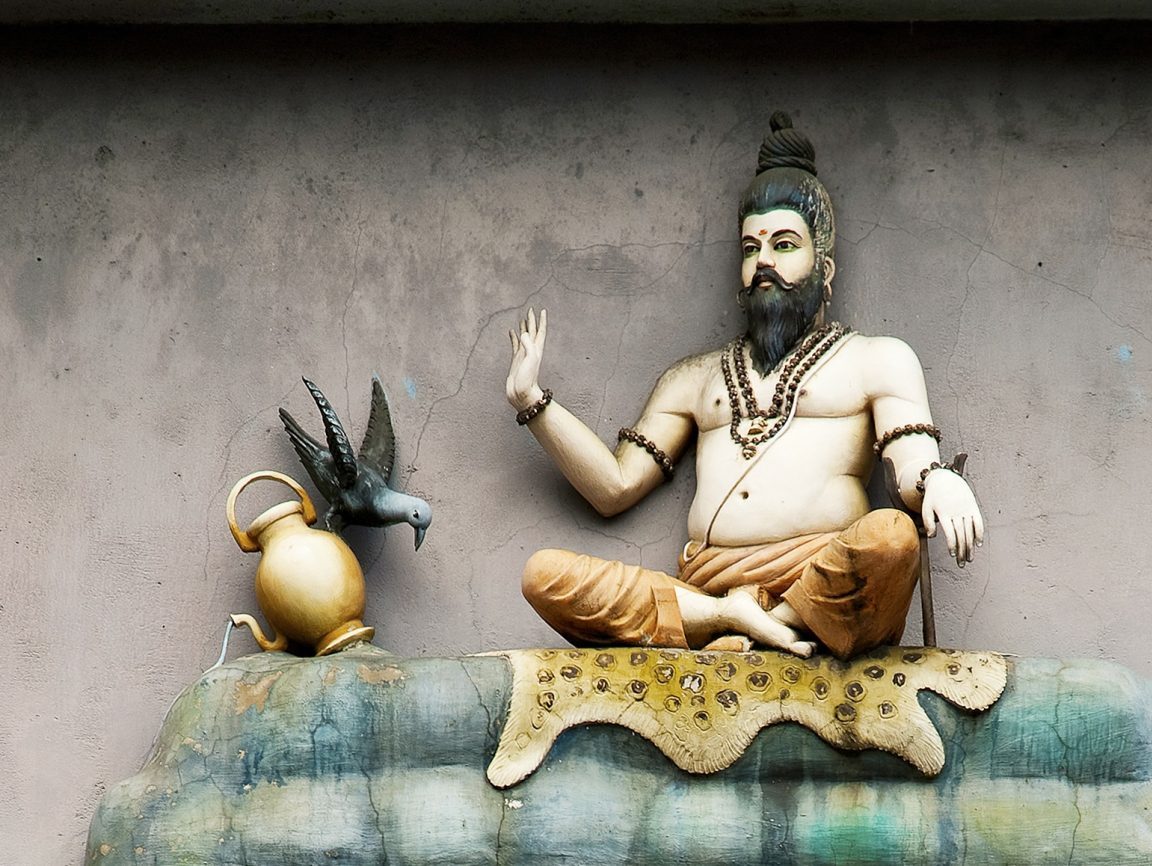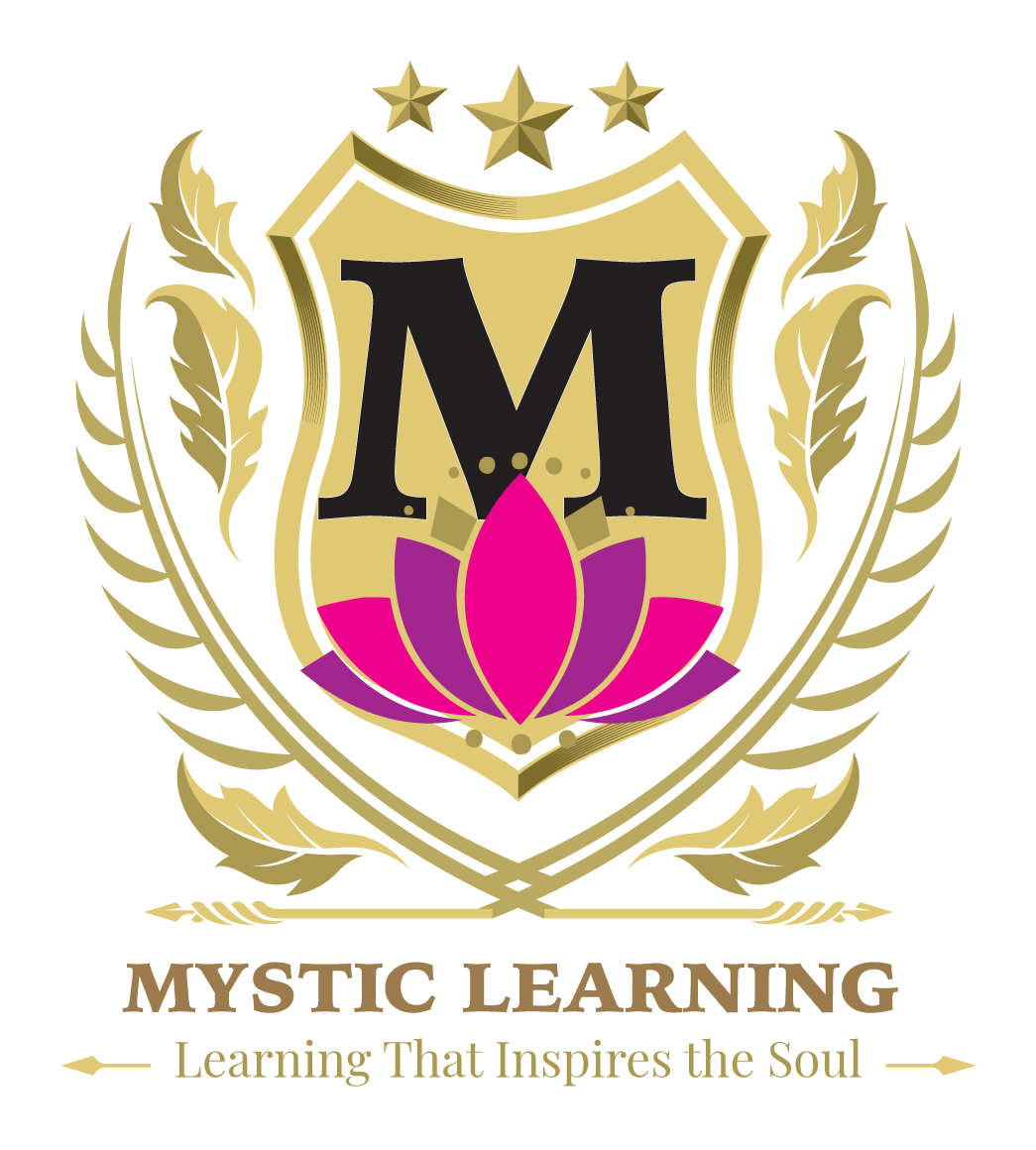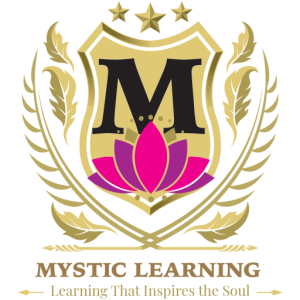
Uniqueness of the Indian Astrology
1. Introduction
Astrology has held a central role in human civilization, from the stargazers of Babylon to the astronomers of Greece and China. Among these traditions, the Indian horoscope, or Jyotisha Shastra, has endured as the most systematized and comprehensive. Unlike purely cultural practices, Indian astrology integrates astronomy, mathematics, philosophy, and spirituality into a unified science of time and destiny. This article examines the uniqueness and superiority of the Indian horoscope through its Vedic foundations, astronomical accuracy, predictive systems, and philosophical depth.
2. Vedic Foundations of Jyotisha Shastra
The earliest systematic text on Indian astrology is the Vedanga Jyotisha (c. 1200 BCE), one of the six limbs of the Vedas. It emphasizes astronomical calculations for rituals, marking astrology as an essential tool for maintaining cosmic order (ṛta). References to planetary deities and cosmic cycles appear in the Rigveda and Atharvaveda, showing how Jyotisha was woven into the spiritual and practical life of Vedic society. Classical texts like the Brihat Parashara Hora Shastra (BPHS), Brihat Jataka by Varahamihira, and Saravali by Kalyana Varma later developed predictive methods that continue to guide practitioners today.
3. Classical Textual Corpus
The Brihat Parashara Hora Shastra forms the cornerstone of predictive astrology, introducing key systems like Vimshottari Dasha. Varahamihira’s Brihat Jataka and Brihat Samhita (6th century CE) integrate Greek, Persian, and Indian astronomical traditions, establishing a synthesis that influenced global horoscopy. Saravali (10th century CE) refined interpretive techniques. These works demonstrate the continuity and sophistication of Indian astrology compared to fragmented Western traditions.
4. Sidereal vs. Tropical Zodiac: Why It Matters
Indian astrology employs the sidereal zodiac (nirayana chakra), aligning planetary positions with actual constellations. Western astrology, by contrast, uses the tropical zodiac, which drifts by about 1° every 72 years due to the precession of the equinoxes. This drift, known as ayanamsa, is currently around 23–24°. Scholars such as David Pingree and B.V. Raman highlight that the sidereal approach makes Indian horoscopes astronomically accurate and reliable across millennia.
5. Lunar Centrality and the Nakshatra System
Unlike Western astrology, which emphasizes the Sun sign, Indian astrology prioritizes the Moon sign (Rashi) and Nakshatras (lunar mansions). The Moon governs the mind (manas) and emotions, making its placement crucial for psychological and daily guidance. The 27 Nakshatras, each associated with a deity and ruling planet, offer micro-level insights into character, compatibility, and destiny. This system, rooted in Vedic texts such as the Taittiriya Brahmana, provides a level of precision unmatched by other traditions.
6. Dashas and Predictive Power
The Vimshottari Dasha system, detailed in BPHS, maps planetary cycles across a lifespan, unfolding karmic influences with remarkable accuracy. This system allows astrologers to time events—marriage, career changes, health crises—down to specific periods. Western astrology lacks such time-bound frameworks, underscoring the superior predictive power of Indian horoscopes.
7. The Philosophy of Karma and Remedies (Upayas)
Indian astrology integrates karma theory, distinguishing between fixed (prarabdha) and modifiable (kriyaman) karma. Remedies (upayas) such as mantra recitation, fasting, donations, and gemstones are prescribed to harmonize planetary energies. This active dimension transforms astrology from passive prediction into a tool for spiritual alignment, as noted in modern philosophical reflections by scholars like R. Balasubramaniam (Journal of Indian Philosophy, 2000).
8. Astrology as a Holistic Guide
Indian horoscopes go beyond forecasting to serve as philosophical compasses. Varahamihira emphasized that astrology should guide individuals in education, marriage, health, and ethical conduct, aligning personal choices with dharma. Astrology also informed royal policies, agricultural planning, and temple rituals, demonstrating its role in both individual and collective life.
9. Comparative Analysis with Other Systems
Babylonian astrology, though predictive, lacked a spiritual framework. Hellenistic astrology introduced technical refinements but lost continuity after the decline of Greco-Roman civilization. Chinese astrology, while symbolic, is not astronomically aligned. In contrast, Indian astrology remains the only living tradition that is both continuous and comprehensive, uniting prediction with philosophy.
10. Modern Scholarship and Global Relevance
Modern scholars like David Pingree have traced the transmission of Indian astrology to Greece, the Middle East, and beyond, while Kim Plofker highlights its mathematical sophistication. B.V. Raman’s comparative works underscore why Indian horoscopes remain more accurate and spiritually meaningful. In recent decades, global interest in Vedic astrology has surged, as seekers turn to its sidereal accuracy and holistic worldview.
11. Conclusion
The uniqueness of the Indian horoscope lies in its Vedic roots, sidereal precision, lunar emphasis, and remedial framework. Its superiority stems from offering not just forecasts but a complete philosophy for ethical and spiritual living. As David Pingree observed, it remains the only unbroken and comprehensive horoscopic tradition in the world. For modern seekers, Jyotisha Shastra continues to provide a timeless guide to destiny and self-understanding.
References
• Pingree, David. Jyotiḥśāstra: Astral and Mathematical Literature of India. Wiesbaden: Otto Harrassowitz, 1981.
• Plofker, Kim. Mathematics in India. Princeton University Press, 2009.
• Raman, B.V. Notable Horoscopes. Bangalore: Raman Publications, 1992.
• Balasubramaniam, R. “Karma and Astrology: A Philosophical Reflection.” Journal of Indian Philosophy, Vol. 28, No. 3 (2000).
• Varahamihira. Brihat Jataka (6th century CE).
• Parashara. Brihat Parashara Hora Shastra (c. 6th–7th century CE).


